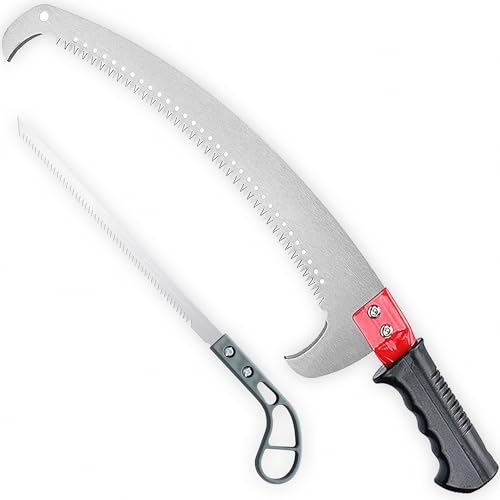It's a miracle.
My big mimosa in the front yard has been resurrected.
It's loaded with good leaves, lots of blossoms and good-looking seed pods - and butterflies, bees, and humming birds.

Took three years to grow out of it, but it looks like it may be okay.
My big mimosa in the front yard has been resurrected.
It's loaded with good leaves, lots of blossoms and good-looking seed pods - and butterflies, bees, and humming birds.
Took three years to grow out of it, but it looks like it may be okay.





























































